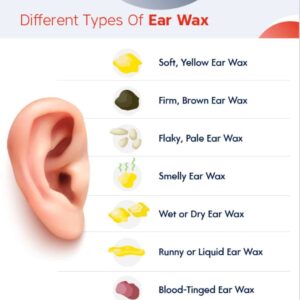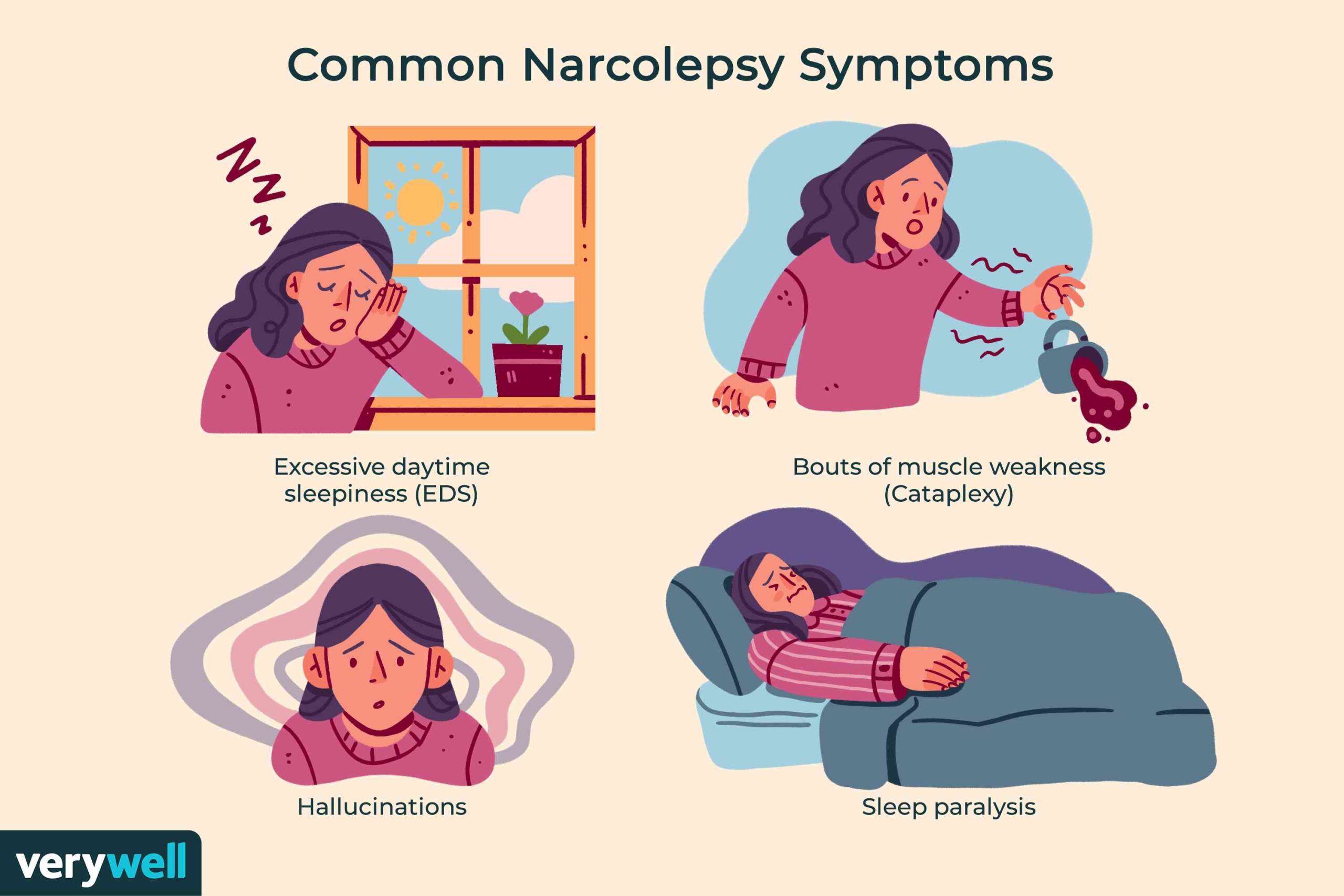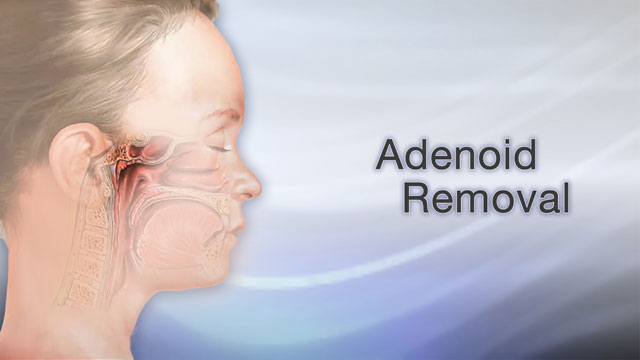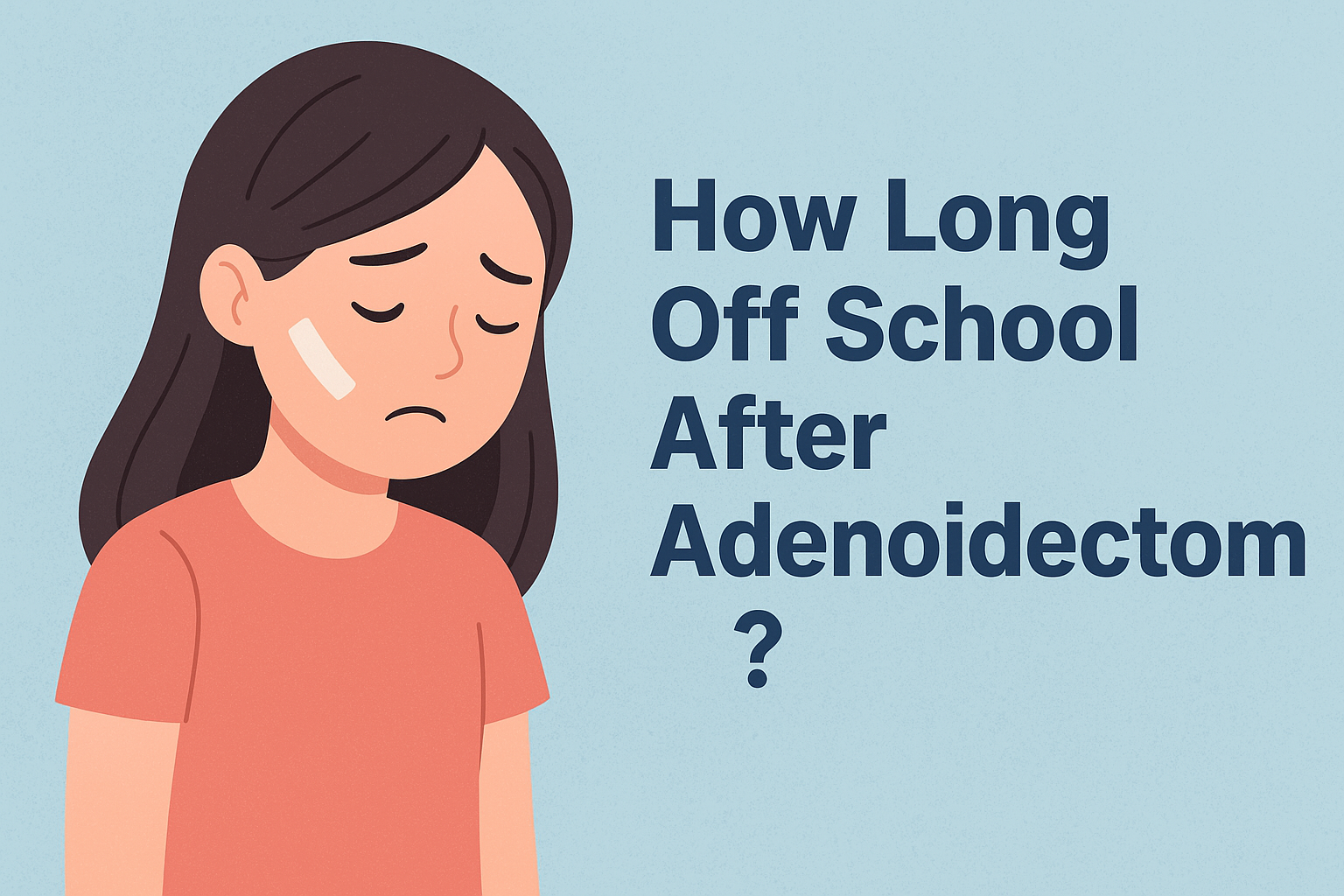Is ear wax removal painful-various aspects-
No, earwax extraction is generally painless when carried out by a qualified professional. The process is safe and efficient, and it does not necessitate any specific medication or anesthesia.
Earwax extraction is usually performed in a physician’s office and may include:
Microsuction: A medical suction tool carefully eliminates the wax without applying pressure on the ear canal
Scooping or pulling: The physician employs specialized instruments to extract the wax
Flushing: The physician rinses out the wax using warm water
Softening drops: The physician administers drops in the ear canal to soften the wax prior to extraction
You should reach out to your physician if you encounter:
Discomfort or diminished hearing after a week of at-home treatment
New indications such as nausea or balance issues
You should also refrain from inserting cotton-tipped swabs, unfolded paper clips, or pen caps into your ears.


Earwax is beneficial, but excessive amounts can create issues — including some hearing loss, as many people are well aware. Many individuals try home remedies for earwax removal when they notice a buildup of this substance in their ears, while others may need to obtain medical assistance, leading them to question whether earwax removal is painful and if the process is uncomfortable.
Before diving into that, let’s examine earwax and its role.
Earwax — scientifically referred to as cerumen — is produced by the glands that line the outer ear or ear canal. Its role is to safeguard the fragile structure of the inner ear from potential harm. Earwax is a fatty substance made to block invaders such as dust, bacteria, and even foreign objects from advancing deeper into the ear canal.
In addition to aiding in the defense against infections and keeping debris at bay, earwax also acts as a moisturizing agent, preventing the outer sections of the ears from becoming dry. Individuals who lack sufficient earwax frequently endure dry ears that may feel itchy, and they have a higher probability of experiencing ear infections. Old earwax eventually travels to the outer ear, dries out, and falls away, carrying along anything it has captured.
What Leads to Earwax Accumulation?
If everything is functioning properly — your earwax production is adequate, and over time, it migrates to the outer ear and drops out — there’s no cause for alarm. The issue arises because not everyone produces earwax in the same quantities, and many individuals find their ear canal glands generate an excess of the substance. This results in many people attempting to poke and prod the wax out of their ears, often leading to undesirable outcomes.
Earwax extraction typically occurs in the physician’s office. It may cause slight discomfort, but it is not painful. If a child struggles to remain still or cooperate, the physician may remove it in an operating room while the child is under general anesthesia.
Impacted earwax, or “buildup,” is frequently caused by the use of cotton buds or similar objects in an attempt to dislodge the wax and coax it out of the ear. Consequently, instead of eliminating the earwax, it gets pushed further down the ear canal, leading to a significant blockage that you cannot remove. Even something as seemingly benign as using earphones or earbuds can also lead to impacted earwax since they can obstruct the natural process of earwax falling out.
Earwax complications can also arise from various conditions like bone growths known as osteomas or exostoses; swimmer’s ear, where water remains in the ear post-swimming and the overly moist environment becomes conducive to bacteria; skin conditions such as eczema; lupus, an autoimmune disorder causing inflammation; a narrowing ear canal; and various types of injuries.
How Can You Determine If You Have Excess Earwax?
If you are encountering issues with one or both ears, it may be due to an accumulation of earwax. Signs of impacted earwax encompass:
A ringing sensation in the ear (known as tinnitus) or a buzzing noise.
Ear pain.
Trouble with your hearing that arises suddenly. A sensation that your ear feels somewhat full. If you experience any of these symptoms, it’s advisable to seek medical help rather than handling it on your own, as you may worsen the issue.
Many individuals tolerate buzzing or ringing in their ears, believing there’s nothing that can be done, but relief could come from something as straightforward as medical earwax removal. After a quick procedure, they can regain crystal-clear hearing, significantly enhancing their quality of life.
Neglecting earwax accumulation and hoping it resolves itself is unwise, as impacted earwax can lead to infections, resulting in continuous pain in the ear canal. You may also experience ongoing hearing loss along with dizziness, fever, coughing spells, and other complications caused by the infection—such as drainage or discharge from your ear due to bacteria or viruses.
How Is Earwax Removed by a Professional? There are various techniques that medical experts use to effectively eliminate earwax. At Regain Hearing, one popular choice among our patients is microsuction. It’s a quick and painless method for addressing earwax, and it solely involves a specialized machine that gently extracts the wax from the ear. This can be done at one of our clinics or in the comfort of your home.
However, if there is a significant amount of earwax that has accumulated over time, removing it may necessitate a different and slightly more forceful technique. This is when we might utilize earwax irrigation, a process where water is flushed through the ear to dislodge earwax and cleanse the ear canal. It’s feasible to combine irrigation with microsuction, initially using the latter followed by irrigation to ensure that no remnants remain in the ear that could lead to issues later.
So, Does Earwax Removal Cause Discomfort? If you’re still questioning whether earwax removal is painful, the answer is no. It’s a safe and effective procedure that takes about half an hour and doesn’t require any special medication or anesthesia for pain or discomfort management. In fact, you’ll scarcely feel anything at all. It will conclude swiftly, allowing you to resume your life with your hearing restored and any other ear-related issues caused by earwax buildup resolved.
It’s crucial to understand that earwax is essential for maintaining good ear health, and you don’t need to consistently clean your ears with cotton buds or other items. Ideally, you shouldn’t have to clean the inside of your ears at all, as they are self-cleaning. All that is necessary is to occasionally wipe the outer part of your ear with a cloth to remove any remnants of earwax.
So-called fashionable remedies such as ear candles should definitely be steered clear of — having a flame near your head is not advisable, and frequently, ear candles can exacerbate earwax issues.
You require a certain amount of earwax to safeguard your ear and maintain moisture. It is solely in circumstances where it accumulates to a specific extent, as mentioned earlier, that it may become an issue and necessitate extraction. Moreover, almost invariably, you will need a specialist to eliminate it.
For update on further important health related topics and frequently asked questions on health topics by general population please click on the link given below to join our WhatsApp group –
https://chat.whatsapp.com/Lv3NbcguOBS5ow6X9DpMMA
Dealing With Earwax (Cerumen)
Why Do Ears Make Wax?
Earwax is produced in the outer ear canal, the region between the soft part of the ear on the outer side of the head and the middle ear. The medical term for earwax is cerumen (seh-ROO-mun).
Earwax serves several important functions. It:
functions as a waterproof barrier in the ear canal, safeguarding it and the eardrum from bacteria that can lead to infection.
captures dirt, dust, and other debris, preventing them from damaging or irritating the eardrum.
The wax travels through the outer ear canal to the ear’s opening. It either falls out or is washed away during bathing. In most individuals, the outer ear canal continuously produces earwax, ensuring that there is always an adequate amount present.
Does Earwax Need to Be Removed?
Typically, there is no requirement to remove earwax as it naturally exits by itself. Inserting anything into a child’s ears increases the chance of infection or injury to the ear canal or eardrum. Cotton swabs are useful for various grooming tasks but should not be used to extract earwax. Often, routine bathing suffices to maintain it at healthy levels.
While some individuals produce more earwax than others, generally, the ear produces exactly as much wax as needed. Rarely, children do produce excessive earwax. Occasionally, earwax can accumulate and obstruct the ear canal, particularly when pushed in by a finger, cotton swab, or another object. This condition is known as “impaction. ” If it interferes with hearing or leads to pain or discomfort, a physician may remove it.
Parents — and children — should refrain from trying to eliminate earwax at home, even with treatments that claim to be safe and effective. This poses a risk of damaging the ear canal and, potentially, a child’s hearing.
What Can Parents Do?
If your child expresses ear discomfort and you observe earwax in the ear, it is acceptable to wipe the outer ear with a washcloth. However, do not use a cotton swab, finger, or any other object to reach inside the ear. Doing so could harm the sensitive ear canal and eardrum or push the wax in even further.
Consult your doctor before using an over-the-counter earwax removal solution.
When Should I Call the Doctor?
Contact the doctor if your child experiences:
ear pain, itching, or discomfort (such as a stuffed sensation in the ears).
hearing difficulties.
In infants and toddlers, pulling at the ears may indicate an ear issue.
There are times when doctors may remove earwax:
if it is painful, itchy, or uncomfortable.
if it impacts hearing.
to obtain a clearer view of the eardrum to examine for issues.
Earwax extraction typically takes place in the physician’s office. There may be slight discomfort, but it is not painful. If a child cannot remain still or comply, the doctor can remove it in an operating room while the child is under general anesthesia.
Doctors can extract earwax in various ways, including:
scooping it out, extracting it, or using specific tools designed for this purpose to suction it out
flushing it out with lukewarm water. Occasionally, a physician may instill drops into the ear canal to soften the wax and break it apart. Alternatively, they may recommend that you do this at home and then return to the doctor for wax extraction.
The removal process only takes a few minutes. If there is an indication of infection, the physician may recommend antibiotic ear drops.
What Else Should I Know?
Ear candling has received considerable attention as a home remedy for earwax extraction. However, it has not been demonstrated to be safe or effective and may pose risks.
In ear candling, one end of a cone-shaped apparatus is placed into the ear canal while the other end is ignited. The belief is that the flame and the cone create a vacuum that draws out the wax. However, attempting this at home presents a substantial risk of:
burning the ear canal
creating a perforation in the eardrum, potentially leading to irreversible hearing damage
Whenever you have any worries regarding your child’s ears or hearing, contact your physician.
6 Things you should understand about earwax extraction
1. Earwax is essential
Your ear canal contains small hair and glands that naturally produce waxy oil. Earwax serves to protect the canal and inner ear as a moisturizer, lubricant, and water repellent.
When you engage your jaw in talking or chewing, this movement assists in pushing the wax towards the outer opening of your ear, where it can exit. Along its path, the wax accumulates and eliminates harmful dirt, cells, and dead skin that could result in infection.
2. Most individuals don’t need to clean their ears
Unless earwax in your ears creates a blockage, you shouldn’t need to make an effort to clean them. Once earwax naturally progresses toward the entrance of the ear canal, it generally falls out or washes away.
Washing your hair typically suffices to remove wax from the surface of your ear. During a shower, a small amount of warm water enters the ear canal and dislodges any wax that has built up there. Use a damp washcloth to clean away any wax outside your ear canal.
3. Impacted earwax can be uncomfortable
Approximately 5% of adults experience excessive or impacted earwax. Some individuals naturally produce more earwax than others. Additionally, earwax that doesn’t move swiftly or accumulates too much dirt can become hard and dry. Other people generate a normal quantity of wax, but it may become impacted when earbuds, earplugs, or hearing aids disrupt the natural flow.
Regardless of the reason for its buildup, impacted earwax can influence your hearing and result in discomfort. If you have impacted earwax, you might notice symptoms such as:
Ear pain
Ringing in the ear
Reduced hearing
Odor
Dizziness
Coughing
4. Cotton swabs can be harmful to your ears
You may feel inclined to take a cotton swab and start removing wax as soon as you notice or sense it. However, you are probably causing more harm than benefit. Utilizing cotton swabs can:
Disturb the tiny hairs that safeguard the ear canal
Force wax deeper into the ear canal
Injure the delicate skin of the ear canal, possibly leading to infection or bleeding
Cotton swabs can aid in cleaning the exterior of the ear. Just ensure you do not insert them into the ear canal.
5. Healthcare professionals can safely extract impacted earwax
Earwax removal is the most frequently performed otolaryngologic (ear and throat) procedure by primary care physicians (PCPs) in the United States. Your physician understands how to soften and safely remove earwax using specialized instruments like a wax spoon, suction device, or ear forceps — a long thin tool utilized to grasp earwax.
6. There are safe methods to eliminate earwax at home
If earwax buildup is a regular occurrence for you, your healthcare provider may suggest removing it routinely at home before it becomes impacted. You can safely remove earwax at home using:
Softening drops
Over-the-counter ear drops — which frequently contain hydrogen peroxide as the primary component — can assist in softening hardened wax. Your doctor can inform you of how many drops to apply each day and how many days to continue their use.
Your primary care physician may recommend against using ear drops if you have:
A history of recurrent ear infections
Holes in your eardrums
Prior ear surgery
Ear irrigation
Irrigating (gently rinsing) your ear canal can minimize the likelihood of earwax impaction. It includes the use of a rubber bulb syringe to squirt water or a saline solution into the ear canal. When the water or solution exits the ear, it also removes loose ear wax.
Apply wax-softening ear drops before rinsing your ear for optimal outcomes. Additionally, ensure to warm the solution to your body temperature. Cold water can activate the vestibular nerve (associated with motion and position) and may lead to dizziness. If you continue to experience symptoms of earwax impaction after flushing your ear, reach out to your primary care physician.
Does it hurt to get earwax removed?
If the doctor is unable to extract it using a curette, they might employ gentle suction for the removal of earwax, which typically does not cause pain. Earwax, also known as cerumen, is generated by three distinct glands located in the ear canal. Cerumen serves a protective function.
How does it feel to get ear wax removed?
These procedures are typically without pain. If your general practitioner’s office does not address earwax accumulation, a physician may refer you to another nearby NHS facility for care. Alternatively, you may need to cover the costs for the treatment to be conducted privately.
How long does ear pain last after wax removal?
After ear syringing, it generally requires a few hours for your ears to stabilize. Nevertheless, some people may encounter symptoms like mild discomfort, dizziness, or tinnitus for a brief duration afterward. These symptoms typically diminish within 24 hours.
Is ear wax removal a good idea?
According to the American Academy of Otolaryngology Head and Neck Surgery Foundation, as long as the ears are working correctly, individuals should not attempt to eliminate ear wax and should let it be. For most people, ear wax does not lead to any issues and there is no necessity to take it out.
Is it safe to remove earwax with finger?
But avoid using a cotton swab, a finger, or any other object to reach inside the ear. It may harm the sensitive ear canal and eardrum, or push the wax in even deeper. Consult your physician prior to utilizing an over-the-counter earwax removal solution.
Is ear cleaning painful?
Experts advise that you should seek professional ear cleaning if you are experiencing any pain, itching, or hearing loss. However, ear cleaning is a straightforward process that is free of pain, although it may initially feel uncomfortable.
How does Dr. remove ear wax?
Your health care provider has the capability to eliminate excess wax by employing a small, curved instrument known as a curet or by utilizing suction methods. Additionally, your provider can wash out the wax with a syringe filled with warm water and saline or a diluted solution of hydrogen peroxide.
Can I put oil in my ear if it hurts?
Safety and risks
Olive oil is typically safe for use in minor amounts in the ear. Nonetheless, individuals with a perforated eardrum should avoid placing olive oil or any other materials in the ear. Flushing the ear with olive oil may lead to side effects, including itching, infections of the outer ear, dizziness, and irritation of the skin.
How to safely remove ear wax?
If ear cleaning drops are ineffective, the ears may require flushing with a bulb syringe, which can be found at pharmacies or supermarkets. You should fill the syringe with warm water, position it close to your ear opening, and gently squeeze the bulb. The warm water will rush into your ear and help dislodge the wax.
Can earwax be very painful?
Despite its numerous advantages, earwax can create problems if excessive amounts accumulate. A buildup of cerumen may lead to ear discomfort, itching, tinnitus, hearing impairment, or other complications. If needed, a healthcare professional can assist you with the removal of earwax.
Can I hear better after ear wax removal?
Considering that an overabundance of ear wax can result in hearing difficulties, removing ear wax will probably enhance your hearing, since your ears will no longer be obstructed by ear wax. You may encounter some side effects, such as: Dizziness. Discomfort.
For update on further important health related topics and frequently asked questions on health topics by general population please click on the link given below to join our WhatsApp group –
https://chat.whatsapp.com/Lv3NbcguOBS5ow6X9DpMMA
Issued in public interest by –
www.entspecialistinnashik.com
for related youtube video on this topic please click on the link given below-





